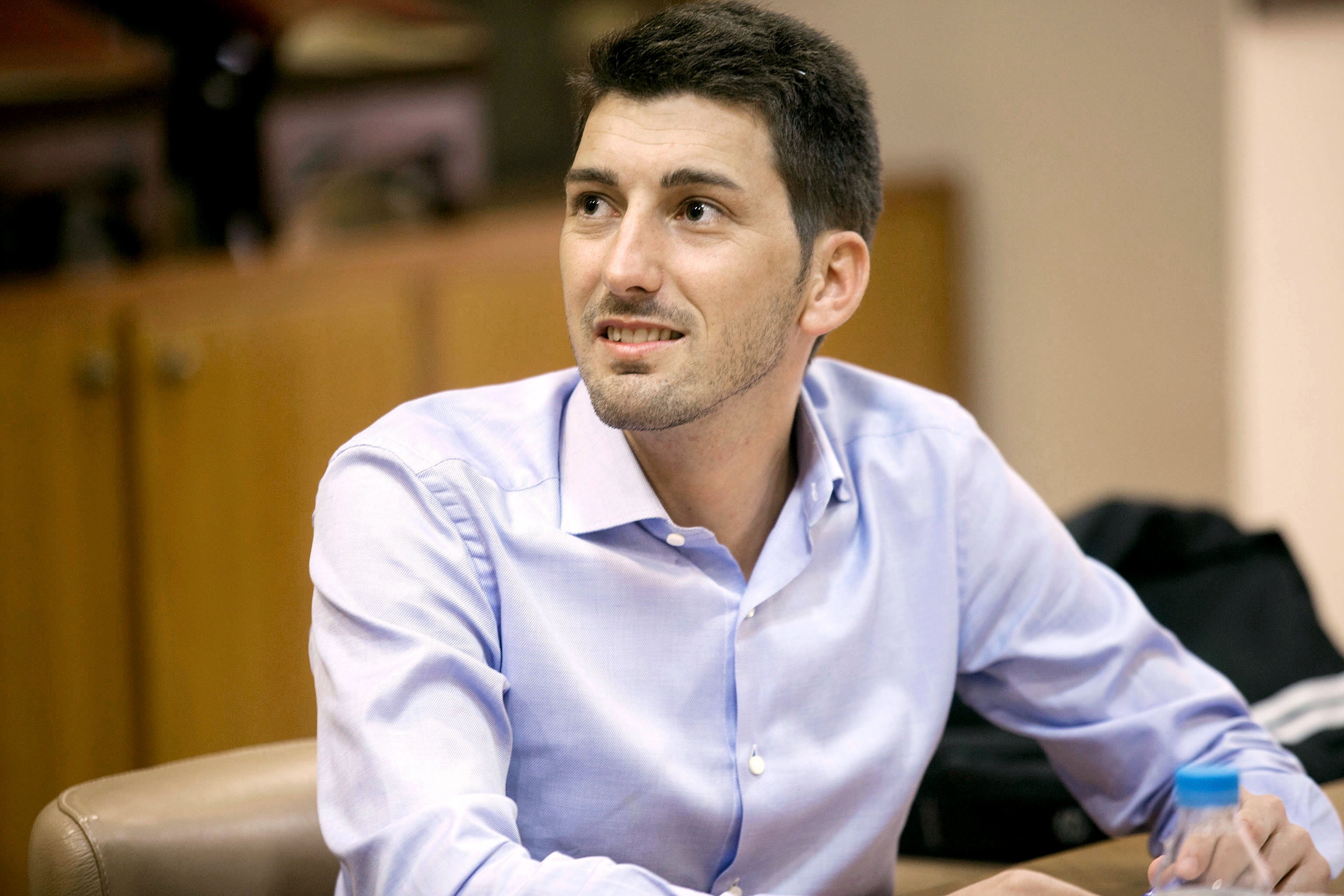A staggered exit from the current coronavirus lockdown, starting with the youngest and healthiest, and delaying a return to normality for older people till much later, also leaving the re-opening of schools and renewal of permission for events involving more than 50 people until the end.
That's the scenario to get out of the coronavirus pandemic proposed by Catalan epidemiologist and researcher Oriol Mitjà, working with fellow investigator Joel López. The two scientists have prepared a report for the Catalan and Spanish health authorities on how the path back to normality should be organized and managed over the coming months. They are also aiming their work at businesses and ordinary members of the public who want to plan their activities once the current lockdown comes to end.
The most probable scenario they see for the near future is one where transmission of the new coronavirus may not be eliminated in the short term and recurrent outbreaks will occur over the coming months. The authors believe that a heavy testing regime will need to be set up to determine who has already been infected by the virus as well as to detect new cases. With the right results, a person could lead a more or less normal life.
Their view is that the proportion of the population which has developed immunity is low - around 15% - and for that reason, they consider a series of coordinated measures are necessary to move safely out of the current lockdown situation.
The young and healthy first
Mitjà and López believe that the youngest and healthiest people in society should leave lockdown first, carefullly monitored to see if this has any impact on public health. Those at risk and people who have not yet been infected will have to stay home longer, and the return to schools and major events will also have to wait.
For this reason, they believe that the re-opening of businesses that are not basic services should be a first measure. In the second phase, the opening of bars and restaurants would take place, and permission for people under 70 to go out would be given. Only after this would schools reopen. Finally, the recommendation on isolation for people over 70 would be lifted and events bringing together more than 50 people would be allowed.
Certificate of immunity
A second workstream which they say is required is in the area of immunity. The researchers believe in the need for rapid antibody testing to determine the status of members of the public. A wide variety of testing points, such as pharmacies, primary health centres, universities and medical offices in companies would have to be equipped to carry out these checks. The result, they say, could be obtained in 15 minutes.
People who are found to have been infected by the virus in the past would be given a certificate of immunity, which would allow them to leave lockdown. Those who were infected with the virus at the time of testing would have to go into isolation for 14 days, and those who had not yet been infected by the virus would need to be monitored.
The third line of activity proposed by the report aims at early detection of cases and contacts, and plans to carry out temperature testing and questionnaires on symptoms at the access points to centres where numbers of people beyond a given limit may gather. Anyone who had mild symptoms or had been in contact with a positive case would have to either undergo a standard PCR (polymerase chain reaction) test or a rapid test for the virus. Again, those testing positive would face isolation for 14 days - the good news being that, when they emerged, they would receive a certificate which would allow them to return to a more normal level of social interaction.
GPS-based register of movements
The researchers' recommendation is that everyone should use a Covid-19 app, as introduced in Catalonia, to register their symptoms, including recording their movement via GPS. When a person is diagnosed positive, their mobility data and contacts during the period of potential contagion would be automatically captured and those affected would be isolated. Every person would be labelled with a colour-coded risk of infection: green, orange or red.
All these levels of monitoring with tests and mobile applications would allow clusters of cases and hot spots with high numbers of positives to be identified, which would lead to partial confinements being established in specific geographical areas where required.
Finally, the report warns that there should be a protocol for the re-opening of transport and mobility, starting from local up to international, and this should also be staggered to avoid further imported cases.
The entire report in Spanish is found below:
.
.

